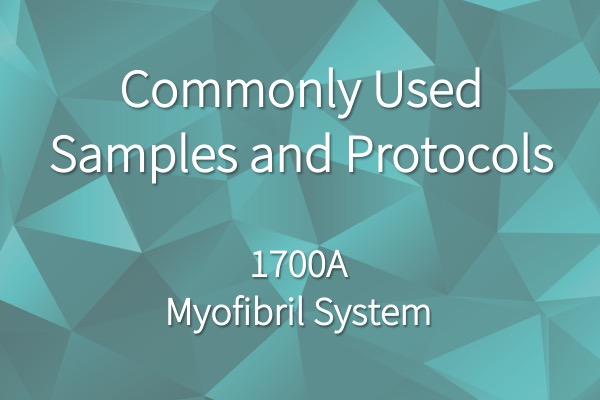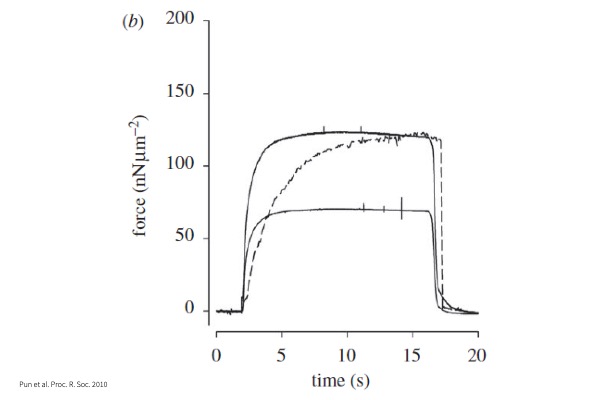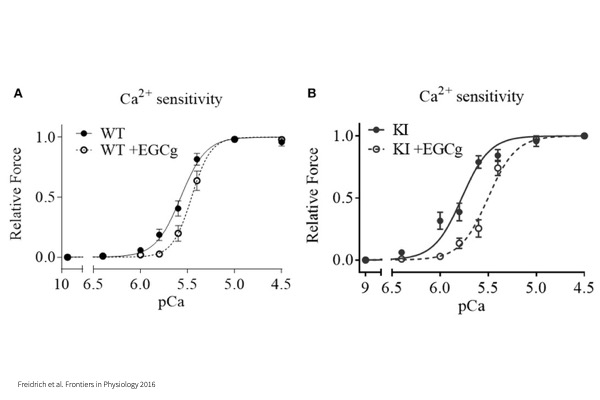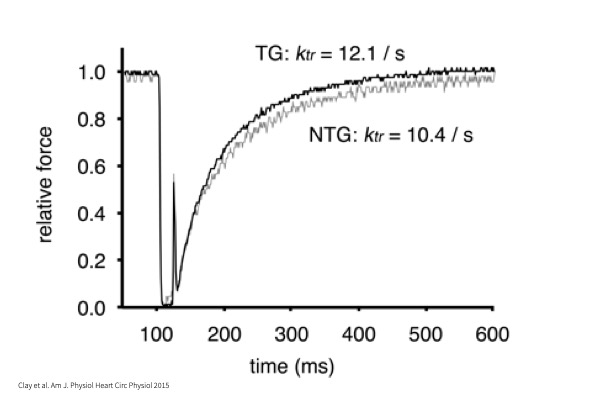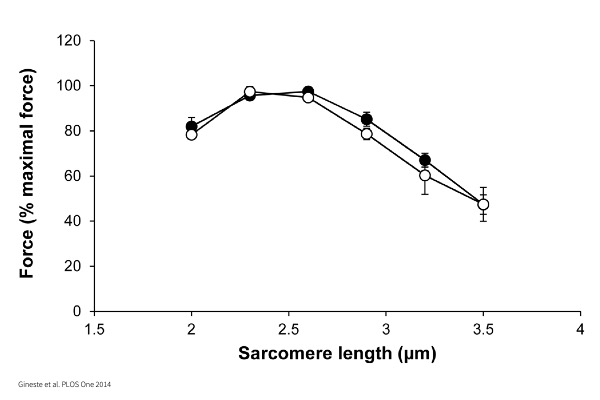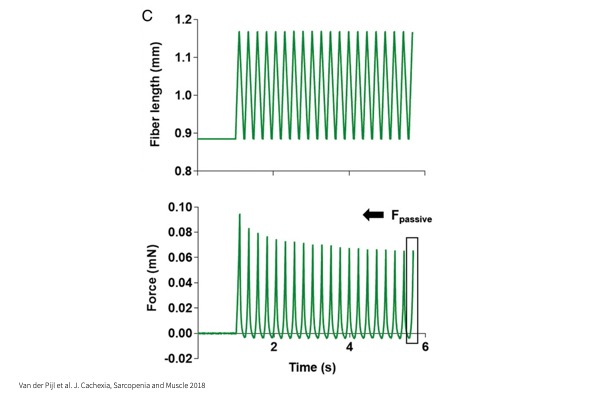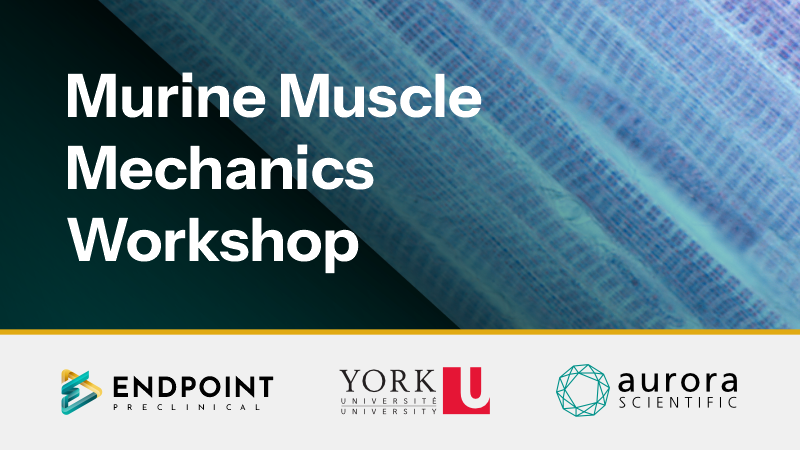Aurora Scientific offers several different test systems to evaluate the various structural levels of muscle. However, there are many examples of these systems being used for other types of compliant tissues and materials. Most of these systems are able to work with a multitude of different samples and perform a wide array of experiments.
This blog is meant to be a quick, comprehensive guide to what research has been done with the 1700A – Myofibril System and a primer for anyone searching for the most appropriate muscle test system based on their specific research objectives.
This blog is part of a collection – click below to view other guides by system type:
1200A/1205A Isolated Muscle Systems for Mice and Rats
1300A/1305A/1310A Whole Animals Systems for Mice, Rats, Dogs, Pigs and Other Large Animals
1400A/1405A/1410A/1415A Permeabilized Fiber System
1500A/1510A/1530A Small Intact Isolated Muscle System
1600A – Permeabilized Myocyte System
1700A – Myofibril System
The 1700A system is only able to work with single myofibrils, though these may be from either skeletal or cardiac muscle. As this is the smallest contractile unit of muscle it provides a truly pure system for investigation of contractile mechanics, which offers a big advantage for investigation of the myofilament. Experiments are similar to those conducted with the 1400A and 1600A systems, however, force-velocity may be challenging because of how small the magnitude of contractile force may be. Sarcomere spacing may also be measured with this system.
To download a chart of the information below, click here!
Common Samples:
Striated Muscle:
- Single de-membranated myofibrils from any striated muscle tissue
Common Experiments:
Max Tension:
Tension produced by myofibril when maximally activated with Calcium.
Force – pCa:
Maximum tension produced by myofibrils when activated with a series of Calcium concentrations to investigate Calcium sensitivity.
kTR:
Time to tension redevelopment whereby myofibril undergoes maximal activation in Calcium followed by a rapid shortening to zero load and return to original length.
Length – Tension:
Incrementally increasing myofibril length or sarcomere length to measure maximal force generation.
Stiffness:
Passive sinusoidal lengthening and shortening of myofibril to assess the inherent stiffness of the tissue.

